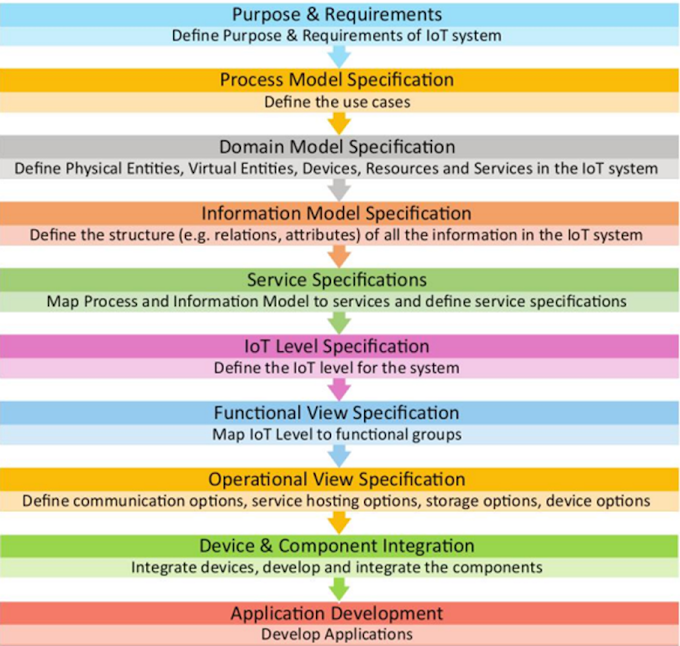Cloud Computing Service Models
Cloud computing services are
categorized into five models based on specific needs, control,
flexibility, and management: IaaS, PaaS, SaaS, FaaS, and CaaS.
1. Infrastructure
as a Service (IaaS)
Definition: It provides virtualized computing resources (e.g., VMs, storage, networking) over the Internet, offering high flexibility and
control.
- Key Characteristics: Scalable, pay-as-you-go, user-managed OS
and applications, deployable in public, private, or hybrid clouds.
- Use Cases: Web hosting, development/testing, backup/recovery,
high-performance computing (e.g., data analytics).
- Benefits: Eliminates hardware investment, enables rapid
scaling, reduces server maintenance.
- Drawbacks: Requires technical expertise, higher
security/compliance responsibility.
- Examples: AWS EC2, Microsoft Azure VMs, Google Compute Engine,
DigitalOcean.
2. Platform as a
Service (PaaS)
- Definition: Offers a platform for developing, running, and
managing applications without handling underlying infrastructure.
- Key Characteristics: Includes development tools, abstracts
infrastructure, auto-scales, supports CI/CD, and multi-tenancy.
- Use Cases: Application/API development, database management,
IoT applications.
- Benefits: Speeds up development, reduces costs, simplifies
scaling, supports collaboration.
- Drawbacks: Limited infrastructure control, risk of vendor
lock-in, less support for highly customized apps.
- Examples: Google App Engine, Microsoft Azure App Services,
Heroku, Red Hat OpenShift.
3. Software as a
Service (SaaS)
- Definition: Delivers fully managed software applications via
the internet on a subscription basis, accessible through web browsers.
- Key Characteristics:
Provider handles updates/maintenance, subscription-based, multi-tenant, and user-friendly for non-technical users.
- Use Cases: Collaboration tools (e.g., email), CRM, ERP,
productivity software.
- Benefits:
No installation/maintenance, accessible anywhere, cost-effective, automatic
updates.
- Drawbacks:
Limited customization, dependency on provider for uptime/security, data privacy
concerns.
- Examples: Google Workspace, Microsoft 365, Salesforce, Dropbox.
4. Function as a
Service (FaaS)
- Definition:
Enables serverless computing by executing code in response to events, with no
server management.
- Key Characteristics:
Event-driven, serverless, micro-billing based on execution, stateless
functions.
- Use Cases: Real-time data processing, API backends, automation,
event-driven workflows (e.g., image resizing).
- Benefits: Reduces operational overhead, cost-efficient for
sporadic workloads, auto-scales, simplifies microservices.
- Drawbacks:
Limited execution time, unsuitable for long-running processes, cold start
latency.
- Examples: AWS Lambda, Google Cloud Functions, Azure Functions,
IBM Cloud Functions.
5. Container as a
Service (CaaS)
- Definition:
Provides a managed environment for deploying, scaling, and orchestrating
containers (e.g., using Docker/Kubernetes).
- Key Characteristics:
Supports container orchestration, portability, scalability, and managed
services; sits between IaaS and PaaS.
- Use Cases:
Microservices, CI/CD pipelines, hybrid cloud deployments, DevOps
workflows.
- Benefits:
Combines IaaS flexibility and PaaS simplicity, ensures portability, supports
DevOps.
- Drawbacks: Requires container/orchestration expertise, complex
setup, and potential vendor lock-in.
- Examples: Amazon ECS/EKS, Google Kubernetes Engine (GKE), Azure
Kubernetes Service (AKS), Red Hat OpenShift.
===========




0 Comments